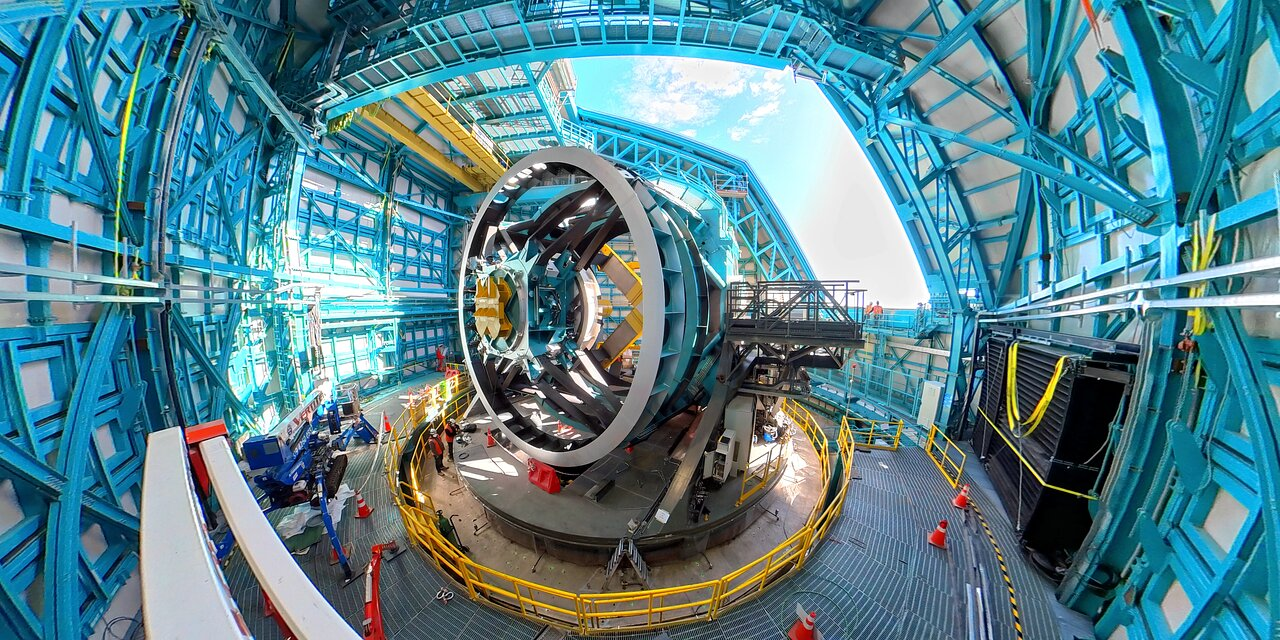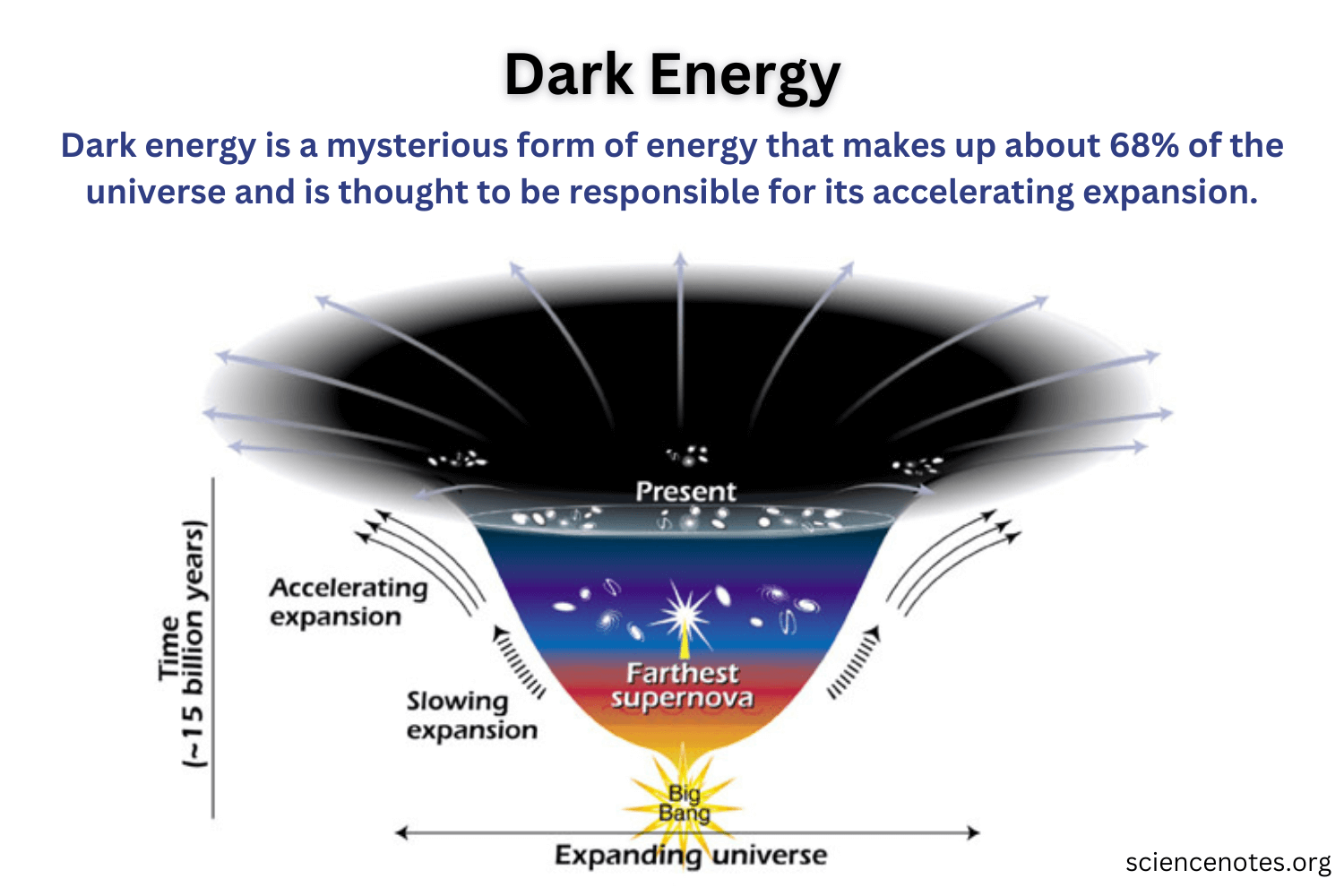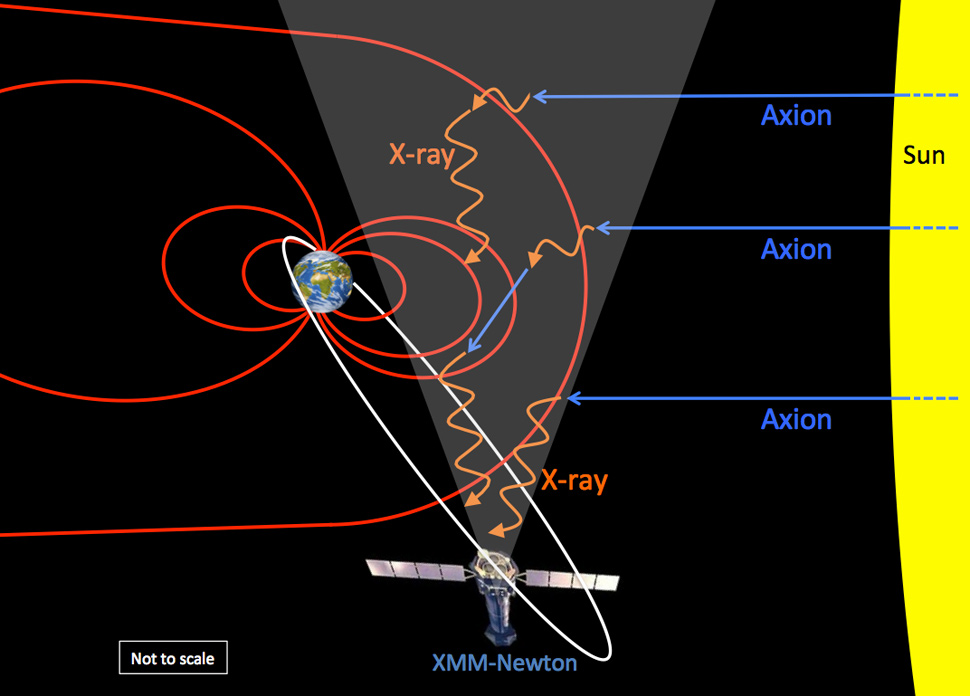
Rubin Observatory: Revolutionizing Our Understanding of Space
The Vera C. Rubin Observatory is poised to revolutionize our understanding of the universe with its ambitious mission, the Legacy Survey of Space and Time (LSST). Equipped with the innovative LSST Camera, this observatory aims to illuminate the mysteries of dark matter, while simultaneously mapping the Milky Way over ten years. The LSST Camera’s remarkable capabilities promise to deliver breathtaking cosmic cinematography, capturing a time-lapse of the night sky at an unprecedented scale. As a beacon of scientific advancement, the Rubin Observatory will provide the global scientific community immediate access to vast amounts of astronomical data, fostering collaboration and education. As we prepare for its first public images in mid-2025, the excitement within the astrophysical community grows, anticipating how these observations will decode the enigmas of our cosmos.
The upcoming Vera C. Rubin Observatory stands at the forefront of astronomical research, designed to conduct an extensive survey of celestial phenomena over the next decade. This state-of-the-art facility is engineered with the cutting-edge LSST Camera, which will facilitate unprecedented tracking of dynamic cosmic processes, including the elusive nature of dark matter. By producing comprehensive maps of our home galaxy and beyond, the observatory will advance our knowledge through what some call cosmic cinematography. As part of this groundbreaking enterprise, both researchers and enthusiasts will benefit from immediate access to a refreshing wealth of information, igniting shared curiosity about the universe. The anticipation of unveiling new insights into the fabric of space-time is a testament to the stellar achievements that await from this remarkable observatory.
The Revolutionary LSST Camera in Action
The LSST Camera, the largest astronomical camera ever constructed, symbolizes a key advancement in the field of astrophysics. With its unparalleled 3.2-gigapixel sensor, it will allow researchers at the Vera C. Rubin Observatory to capture high-resolution images of vast swathes of the night sky. As part of the Legacy Survey of Space and Time (LSST) project, this camera is designed to combine the capabilities of wide-field imaging with large-aperture light-gathering, helping to uncover the faintest celestial objects across a range of wavelengths.
By implementing this advanced camera within the Simonyi Survey Telescope, scientists expect to conduct a comprehensive mapping of cosmic structures. Every few nights over a span of ten years, the LSST will take time-lapse images, monitoring changes in the universe. This groundbreaking approach, known as ‘cosmic cinematography,’ will facilitate the discovery of potentially hazardous asteroids, supernovae, and variations within our own Milky Way galaxy.
Mapping the Milky Way: Insights from Rubin Observatory
The Rubin Observatory’s ambitious project aims not only to capture images but also to intricately map our Milky Way, shedding light on its structure and evolution. Utilizing data collected from the LSST Camera, astronomers hope to decode the complex dynamics of stars and dark matter existing within our galaxy. The ability to visualize these components in unprecedented detail could unveil new insights into how the Milky Way interacts with its cosmic surroundings.
As the team proceeds with its data collection, a clearer picture of the Milky Way may emerge, revealing the roles of dark matter and dark energy in galactic formations. With approximately 90% of the Milky Way’s mass thought to be composed of dark matter, understanding its influence on star formation and gravitational behavior will be crucial. Rubin Observatory’s continuous surveillance and mapping endeavors are crucial for answering fundamental questions about our galaxy’s past and future.
Exploring Dark Matter and Dark Energy
Dark matter and dark energy represent two of the most enigmatic aspects of modern astrophysics. The LSST project at the Vera C. Rubin Observatory seeks to deepen our understanding of these elusive components of the universe. With its superior imaging capabilities, the LSST Camera is set to provide insights into dark matter’s gravitational effects on visible matter, thereby enhancing our understanding of its properties and distribution.
Additionally, as researchers observe the universe’s expansion accelerated by dark energy, the data amassed over the ten-year duration of the LSST project could lead to revolutionary discoveries. By utilizing cutting-edge technology for precise calibration and data acquisition, scientists are hopeful to uncover correlations that may elucidate the nature of these mysterious forces driving the cosmos.
Community Engagement and Data Sharing Initiatives
A unique aspect of the Rubin Observatory project is its commitment to making astronomical data widely accessible to researchers and educators alike. By adhering to an open-data policy, they encourage collaboration across the global scientific community, further democratizing access to critical astrophysical information. This initiative not only fosters innovation among professional astronomers but also enhances educational outreach for K-12 students, allowing younger generations to engage with astronomy in meaningful ways.
The decision to share all collected data immediately after processing signifies a shift in how astronomy conducts research. As emphasized by project leaders, empowering scientists from various disciplines and backgrounds enhances the potential for discovering new cosmic phenomena. The Rubin Observatory is paving the way for a more inclusive research environment, inspiring a collaborative spirit essential for unraveling the universe’s mysteries.
The Future of Astronomy with Rubin Observatory
The advancements being made at the Vera C. Rubin Observatory herald a new era in astronomical research. With both the LSST Camera and significant investments in technological innovation, astronomers are poised to address long-standing questions about cosmic structures and phenomena. This 10-year project not only aims to collect extensive data but also strives to revolutionize our approach to understanding the universe at large.
As the LSST project progresses, the potential for groundbreaking discoveries is immense. By integrating the capabilities of wide-field and large-aperture telescopes, scientists can capture a dynamic portrait of the night sky. This unprecedented combination of technology will not only illuminate our understanding of the Milky Way and dark matter but may also identify new astronomical events that have yet to be documented, fundamentally changing the landscape of modern astrophysics.
Cosmic Cinematography: A New Perspective on the Universe
The term ‘cosmic cinematography’ aptly describes the ambitious vision behind the Rubin Observatory’s LSST project. By capturing images of the night sky continuously over a decade, researchers aim to create a dynamic record of cosmic events—effectively monitoring the universe’s evolution in real time. This innovative approach will not only improve our understanding of transient celestial phenomena but also enhance long-term studies of cosmic evolution.
Through this technique, astronomers hope to identify asteroids and distant supernovae, participating in a broader quest to monitor changes within our universe. With the power of the LSST Camera at their disposal, scientists will employ sophisticated image processing to discern subtle variations in celestial bodies, pushing the boundaries of what is possible in modern astronomy and providing a cinematic view of the cosmos.
Educational Outreach: Inspiring Future Scientists
One of the hallmark goals of the Rubin Observatory’s project is fostering education and outreach, particularly for K-12 students. By making data accessible and engaging through various educational programs, the team at Rubin aims to inspire the next generation of scientists. This commitment to outreach not only serves to enlighten young minds but also enhances public interest in astronomy and science as a whole.
The educational initiatives linked to the LSST project focus on providing tools and resources that facilitate learning about dark matter, cosmic phenomena, and the technological advancements within the Rubin Observatory. By nurturing curiosity and promoting scientific literacy, the project seeks to cultivate a rich environment where future astronomers can thrive.
Innovations in Astrophysical Tools
The development of the LSST Camera and the associated technological advancements at the Vera C. Rubin Observatory represent significant breakthroughs in the field of astrophysics. By innovating upon existing tools and techniques, the observatory is equipped to explore complex questions related to cosmic structures, dark matter, and dark energy. These enhancements reflect a broader trend in science where large collaborative efforts leverage innovative instrumentation to address fundamental challenges.
The successful integration of advanced algorithms, imaging technology, and a commitment to data transparency establishes the Rubin Observatory as a pioneer in modern astronomical research. By seamlessly combining cutting-edge astrophysical tools with community-driven initiatives, the observatory is set to make lasting contributions to our understanding of the universe, ushering in new methodologies and insights.
The Legacy Survey of Space and Time Project
The Legacy Survey of Space and Time (LSST) project represents an unprecedented effort to systematically catalog the universe while addressing fundamental questions in modern astrophysics. Over the next ten years, the Vera C. Rubin Observatory aims to capture a treasure trove of data that will provide new insights into phenomena such as cosmic expansion, dark matter distribution, and the dynamics of the Milky Way. By focusing on both breadth and depth of observation, the LSST promises to unlock secrets of the cosmos.
By capturing wide-field images every few nights and applying advanced analysis techniques, scientists will transform our understanding of transient phenomena. The LSST project is expected to elevate multiple fields of study—including planetary science, galactic astronomy, and the search for exoplanets—ensuring that its impact resonates across various domains of knowledge and inspires collaborative inquiries into the fabric of our universe.
Frequently Asked Questions
What is the Vera C. Rubin Observatory and its primary purpose?
The Vera C. Rubin Observatory, based in Chile, is designed to conduct the Legacy Survey of Space and Time (LSST), which aims to create a comprehensive map of the night sky. Over ten years, it will produce a time-lapse image of the universe, cataloging changes and movements of celestial objects.
How does the LSST Camera contribute to dark matter research?
The LSST Camera, the largest astronomical camera ever constructed, enhances our ability to investigate dark matter. By capturing high-resolution images of the Milky Way and other celestial bodies, it allows scientists to study the gravitational effects of dark matter, which constitutes about 90 percent of the mass of the Milky Way.
What innovations does the Vera C. Rubin Observatory bring to cosmic cinematography?
The Vera C. Rubin Observatory integrates large-aperture and wide-field telescope designs, enabling it to perform cosmic cinematography. This means it will capture images of the night sky every few nights for ten years, examining transient events and providing a visual record of cosmic changes.
When will the first astronomical images be available from the Rubin Observatory?
The Rubin Observatory plans to publicly release its first astronomical images in mid-2025, following a commissioning period of approximately six months after the installation of its LSST Camera.
How does Rubin Observatory’s open-data philosophy benefit scientific communities?
The Vera C. Rubin Observatory emphasizes transparency and accessibility by making its extensive data sets available to the global scientific community. This approach encourages collaboration and enhances educational outreach for K through 12 students, promoting a shared understanding of astronomy and astrophysics.
What types of celestial phenomena will the Rubin Observatory study?
The Rubin Observatory aims to study a diverse range of phenomena, including potentially hazardous asteroids, the structure of our Milky Way, and the search for supernovae across the universe. Its expansive survey will serve varied scientific interests simultaneously.
In what ways will the research from the Rubin Observatory help understand dark energy?
Research conducted at the Vera C. Rubin Observatory may provide insights into dark energy, the mysterious force driving the accelerated expansion of the universe. By achieving super-precise calibration and extensive sky mapping, it aims to explore how dark energy interacts with cosmic phenomena.
What is the significance of the commissioning period for the LSST Camera?
The commissioning period for the LSST Camera, following its installation at the Vera C. Rubin Observatory, is crucial for testing and calibrating the camera’s systems. This phase ensures that the observatory is fully operational and ready to begin its groundbreaking ten-year survey of the night sky.
| Key Point | Details |
|---|---|
| Rubin Observatory’s Simonyi Survey Telescope | Successfully captured first images of the night sky using a 144-megapixel test camera. |
| Legacy Survey of Space and Time Project | A 10-year project aiming to create a comprehensive map of the universe. |
| Main Camera Installation | The LSST Camera, the largest astronomical camera, is being prepared for installation by January 2025. |
| Public Data Sharing | Data will be made available to the scientific community and educational institutions. |
| Research Goals | Will help study dark matter, dark energy, and other astrophysical questions. |
Summary
Rubin Observatory is set to revolutionize our understanding of the universe through its Legacy Survey of Space and Time project. This ambitious initiative aims to map the night sky over a decade, utilizing advanced imaging technology to investigate fundamental astrophysical questions, including the nature of dark matter and dark energy. With a commitment to open data sharing, it promises to empower scientists and educators alike, fostering a collaborative environment that enhances research and learning in astronomy.



